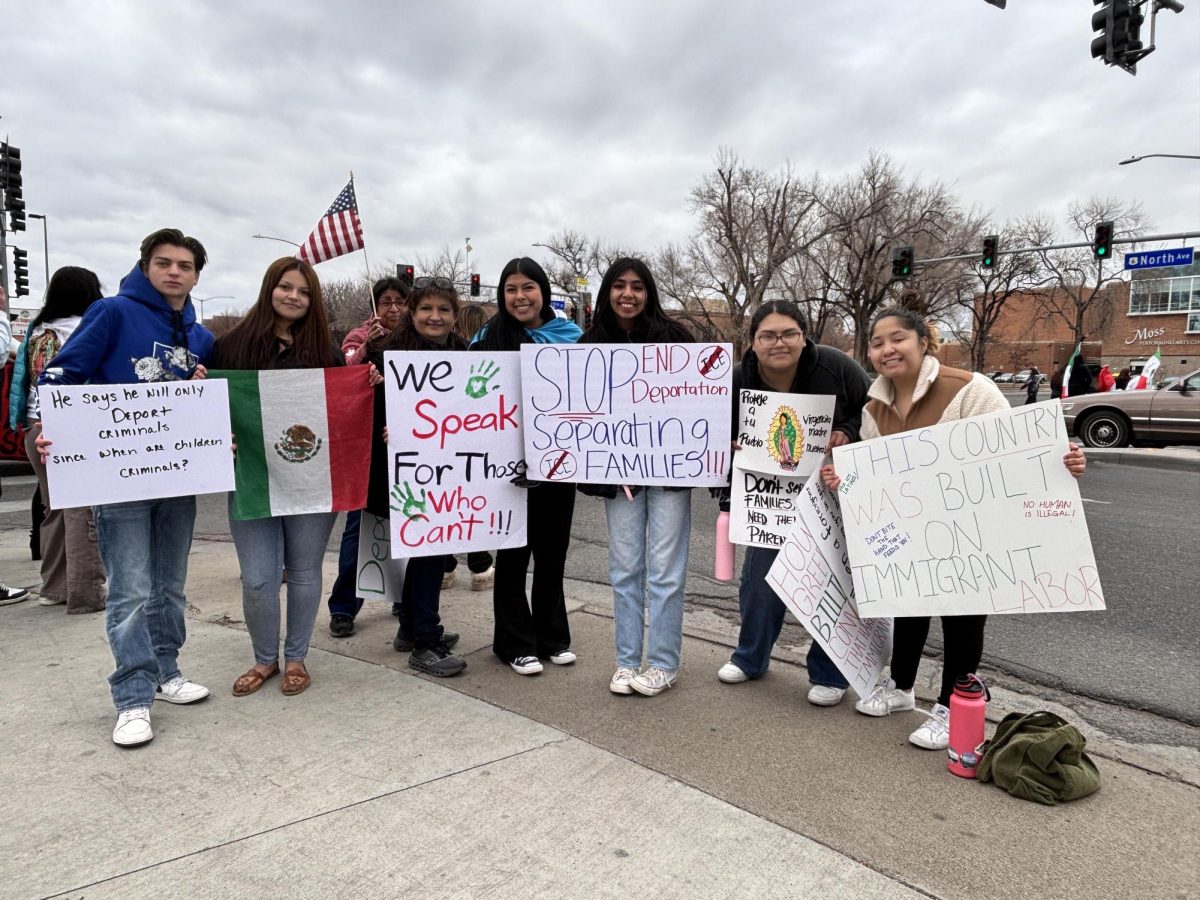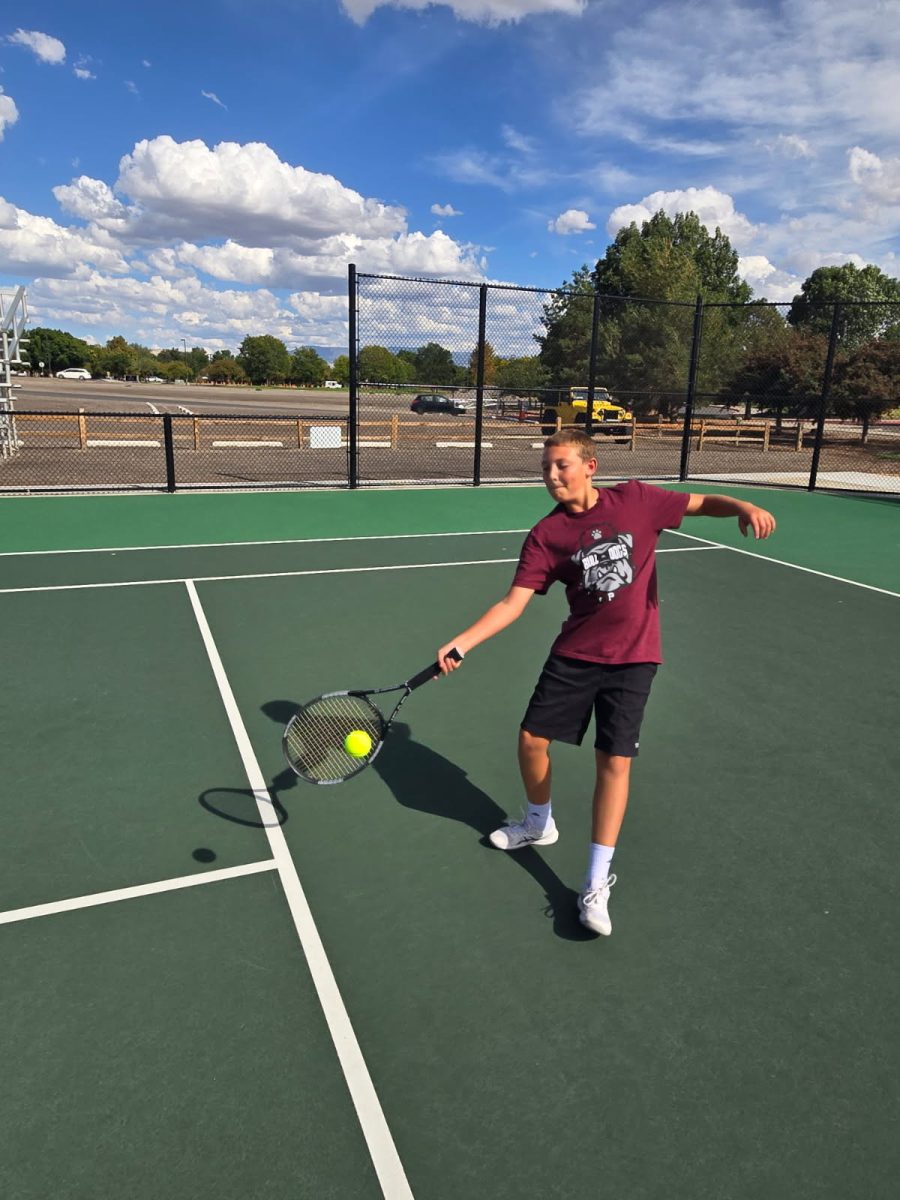Palisade, Colorado, nestled amidst picturesque vineyards and breathtaking landscapes, is renowned for its beauty and notoriously unpredictable weather. Locals often find themselves grappling with sudden changes in temperature and unexpected storms, leading to frustration and disruption of plans. But what contributes to the discrepancy between weather reports and the reality experienced by Palisade residents? Braewyn Brown, a sophomore at Palisade High School, sheds light on the matter. “To be honest, I’m not sure how often it’s correct, as I don’t watch the weather reports very often. But, judging by how many things I’ve had to reschedule in the last month or so because of it, I’d say it’s wrong a lot more than any of us would like,” Brown explains. Brown’s sentiment resonates with many Palisade locals who have experienced firsthand the frustration of unreliable weather forecasts.
The inconsistency between predictions and actual conditions can significantly disrupt daily life. This inconsistency has particularly impacted Brown’s involvement in the school’s film club. “This has affected my plans a lot – one of my favorite activities and passions is our film club. But, because of the false reports lately, we’ve had to postpone and cancel so many shoots, and at this point it feels like we have more shooting to catch up on than days till our deadline. It’s incredibly stressful,” she laments. The question then arises: What factors contribute to these inaccuracies in weather forecasts, especially in the unique microclimate of Palisade? Brown suggests various possibilities. “I’m honestly not sure if this can be fixed, or at least not through meteorologist efforts, and I don’t think it’s at all the meteorologist’s fault. So many other factors could be causing these false readings; from climate change and the fever dream that is Colorado weather already, to low quality equipment as a result of corporate cost-cutting measures,” she explains. Indeed, Palisade’s geographical location and elevation present distinct challenges for weather prediction. Surrounded by mountains and influenced by the nearby Colorado River, Palisade experiences rapid shifts in weather patterns.
Additionally, factors such as local terrain, wind patterns, and atmospheric conditions contribute to the complexity of forecasting. While acknowledging the issue’s complexity, Brown remains hopeful for a solution. “I think there’s certainly a solution for weather report accuracy as a whole somewhere out there, but it’ll take a lot more brains than we have working on it now,” she remarks. Addressing the accuracy of weather forecasts in Palisade requires a concerted effort. Improved technology, localized data collection methods, and ongoing research into the area’s unique climate dynamics are essential steps toward achieving greater precision in forecasting.
Increased public awareness and understanding of the uncertainties in weather prediction can help mitigate the frustration caused by unexpected weather events. In conclusion, the discrepancy between weather reports and actual conditions remains a significant challenge for residents of Palisade, Colorado. While various factors contribute to this inconsistency, continued efforts to advance meteorological science offer hope for more accurate forecasts in the future. Until then, Palisade locals must remain adaptable and resilient despite nature’s unpredictability.










































